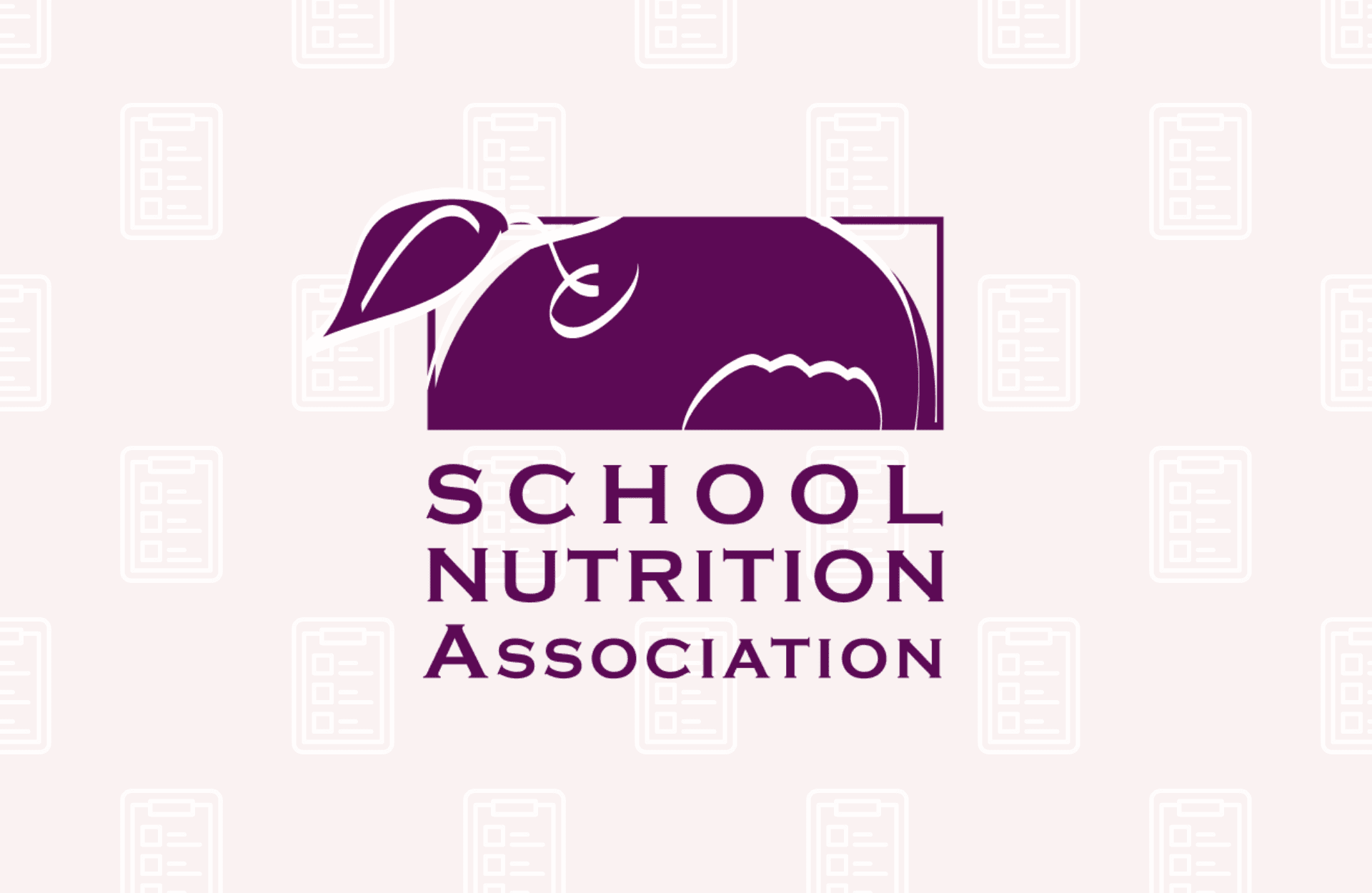FOR IMMEDIATE RELEASE:
Contact: Diane Pratt-Heavner
301-686-3124
media@schoolnutrition.org
SNA Urges Congress to Ease Financial Pressure on Schools
2014-09-30
USDA Estimates School Meal Rule Will Cost $1.22 Billion in FY15
WASHINGTON, D.C. – The cost of meeting new federal nutrition standards for school meals will triple in Fiscal Year 2015, which starts tomorrow. The School Nutrition Association (SNA) is calling on Congress to take immediate steps to ease the financial strain on cash-strapped school districts.
The U.S. Department of Agriculture (USDA) estimates that the new school meal standards will force local school districts and states to absorb $1.22 billion in new food, labor and administrative costs in Fiscal Year 2015 alone, up from $362 million in additional costs in FY 2014 (Source: Final Regulations, http://www.gpo.gov/fdsys/pkg/FR-2012-01-26/pdf/2012-1010.pdf, page 4108).
USDA states that “increases in food and labor costs are equivalent to about 10 cents for each reimbursable school lunch and about 27 cents for each reimbursable breakfast in FY 2015.” To manage these costs, school meal programs received only six additional cents for each reimbursable lunch and no additional funds for breakfast.
School districts are already experiencing the financial strain as these increased costs are coupled with a decrease in student lunch participation in 49 states. USDA data show that since schools began making required menu adjustments, more than one million fewer students choose school lunch each day. This declining participation cuts revenue for school districts already grappling with higher food and labor costs.
“School nutrition professionals have led the way in promoting improved diets for students and are committed to serving healthy meals,” said SNA CEO Patricia Montague, CAE. “Despite all of these efforts, fewer students are eating school meals, and the escalating costs of meeting overly prescriptive regulations are putting school meal programs in financial jeopardy.”
School meal programs are prohibited from carrying losses over from year to year, so when cafeterias lose money, school districts must cover the losses. “USDA or Congress must act to provide greater flexibility under the rules before school meal programs become a financial liability for the school districts they serve,” said Montague.
SNA supports most of new school food regulations, but is requesting commonsense flexibility under the rules to help schools limit waste, manage costs and encourage more students to choose healthy school lunches. Specifically, SNA has asked USDA and Congress to:
- Maintain the 2012 requirement that half of grains offered be whole grain rich, instead of requiring that all grains be whole grain rich.
- Maintain Target 1 sodium levels, and suspend further reductions until scientific research supports them.
- To avoid food waste, offer, but do not require students to take a fruit or vegetable.
- Allow healthy items permitted on the meal line to be sold a la carte as well.
Click here for details on SNA’s requests of USDA and Congress.
About School Nutrition Association:
The School Nutrition Association (SNA) is a national, non-profit professional organization representing 55,000 school nutrition professionals across the country. Founded in 1946, SNA and its members are dedicated to making healthy school meals and nutrition education available to all students. For more information on school meals, visit www.SchoolNutrition.org/SchoolMeals.
Related Articles

SNA Urges MAHA Commission to Invest in School Meals
Read More

School Nutrition Professionals to Implore Congress to Protect School Meals
Read More




